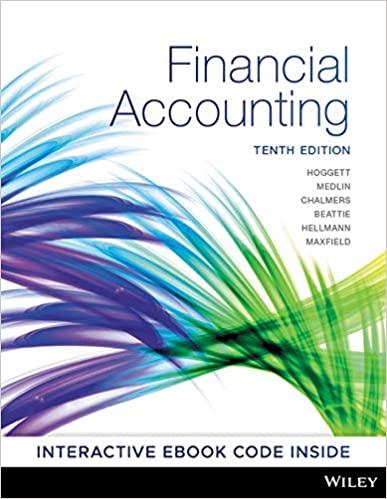In Australia, banks have performed very well over the course of the last five years. At one
Question:
In Australia, banks have performed very well over the course of the last five years. At one point in 2012 Australian banks were worth more than the whole of the European banking sector! Record levels of profitability in Australian banks have supported large dividend payments to shareholders and helped push share prices to all-time highs in 2015.
Earlier this week, CBA announced another rise in earnings for the first half of the year – to A$4.8 billion.
Much of this profitability is a result of increasing interest margins. As the Reserve Bank of Australia cash rate has fallen, banks have been quick to cut the rates offered to savers, but slow to pass on the rate decrease to borrowers (if they have done so at all). Even a small increase in this margin can boost profits if total assets are measured in the hundreds of billions of dollars.
However, this profitability may not last as margins are under pressure on two counts. First, tighter lending standards, particularly for investors, have slowed lending in the housing market. The housing market appears to be slowing and this may increase bad debts in the future.
Australian banks are not totally immune to the impact of falling commodity prices, and CBA with ownership of Bankwest may be particularly exposed to a slowdown in Western Australia.
On the other side of the coin, funding is becoming more expensive for banks at the same time that increased capital requirements require them to hold more. Funding through international sources is particularly scarce (the CDS index indicates this is becoming more expensive), and this matters because Australian banks require a substantial amount of offshore funding.
Required
(a) Calculate the following ratios for the four major Australian banks for the most recent common financial year:
i. return on assets
ii. return on equity.
(b) Explain the factors contributing to the banks’ differing return on assets and return on equity.
(c) For each of the banks, compare the earnings per share, price–earnings ratio, dividend payout and dividend yield. Discuss which bank you believe is the better investment.
Step by Step Answer:

Financial Accounting
ISBN: 9780730363217
10th Edition
Authors: John Hoggett, John Medlin, Keryn Chalmers, Claire Beattie, Andreas Hellmann, Jodie Maxfield





